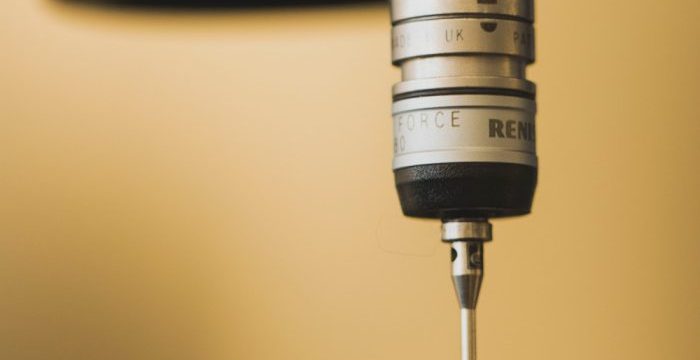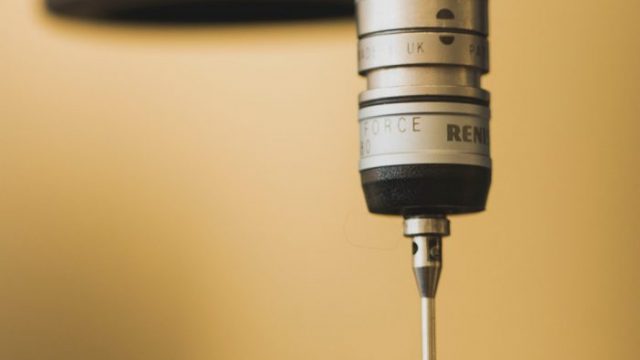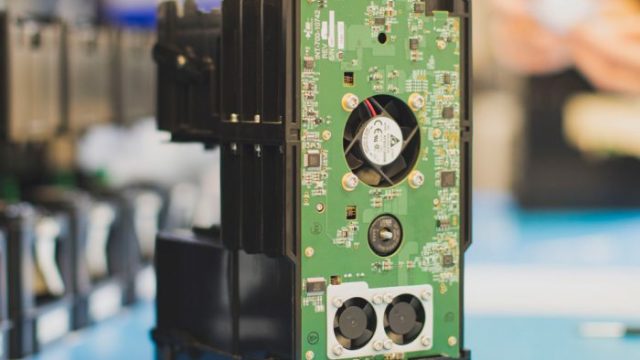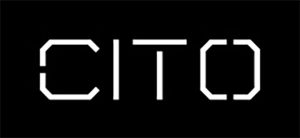July 17th, 2024
Optimize your Design for Manufacturability in 7 Steps

Optimize your Design for Manufacturability in 7 Steps
-
-
-
-
-
-
-
- Feedback: Strive for continuous improvement by establishing feedback loops between your manufacturing and engineering teams.
At CITO, we design for manufacturability from the start. We take each of these principles into consideration throughout the product life cycle, starting with our first brainstorm session and early prototypes. This helps you to avoid costly redesigns and delays in reaching your next milestone. Contact us today to see how we can support your next project.
Other Posts
Notice: Trying to get property 'ID' of non-object in /home/citomedi/public_html/wpd/wp-content/themes/Modular-BS4/single.php on line 62

Notice: Trying to get property 'post_title' of non-object in /home/citomedi/public_html/wpd/wp-content/themes/Modular-BS4/single.php on line 64
Read More →
Stay in Touch
Sign up for updates about our latest projects and innovations.


